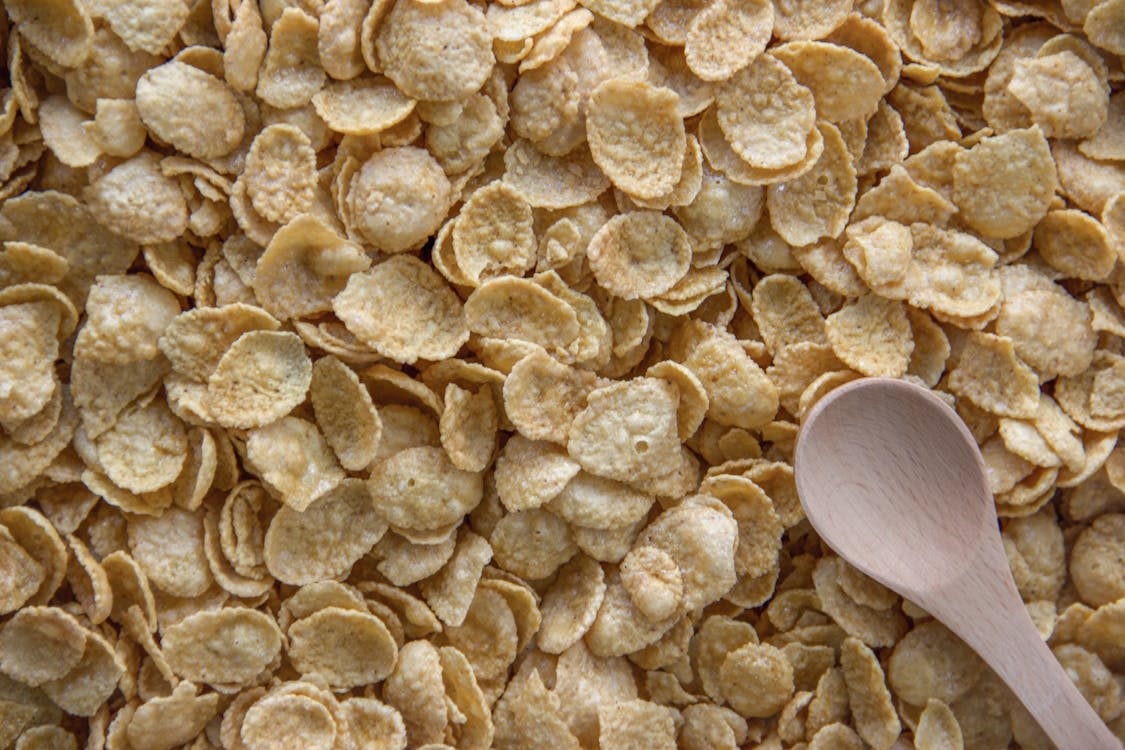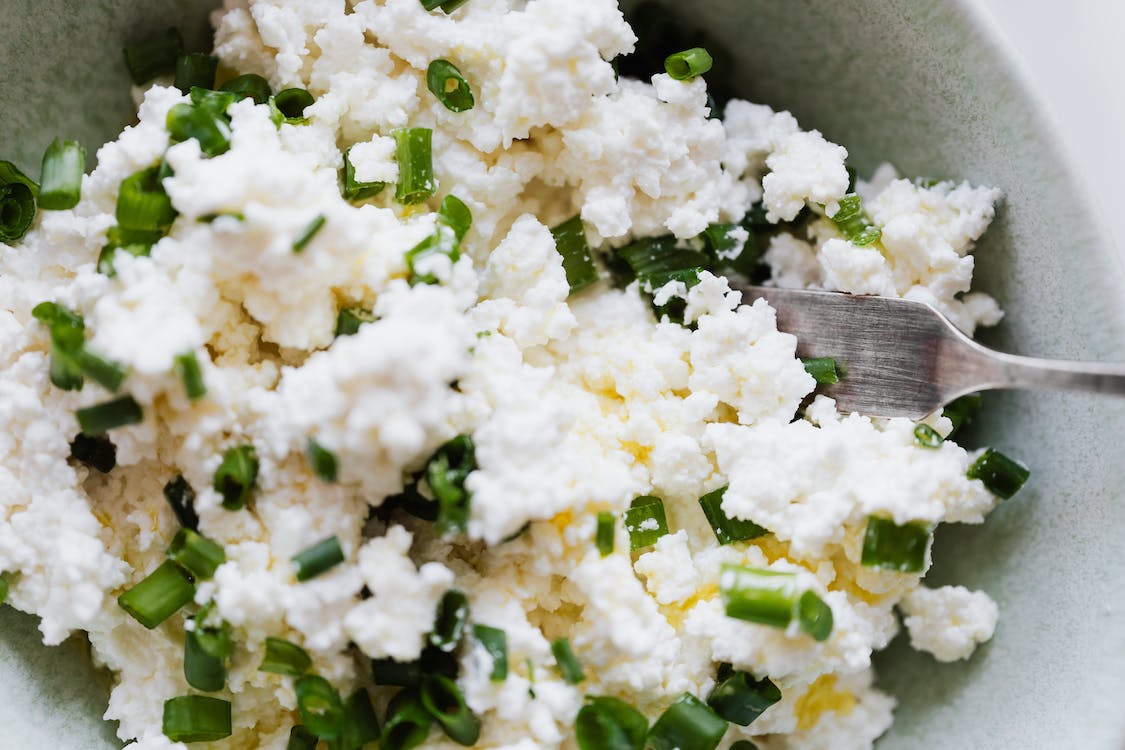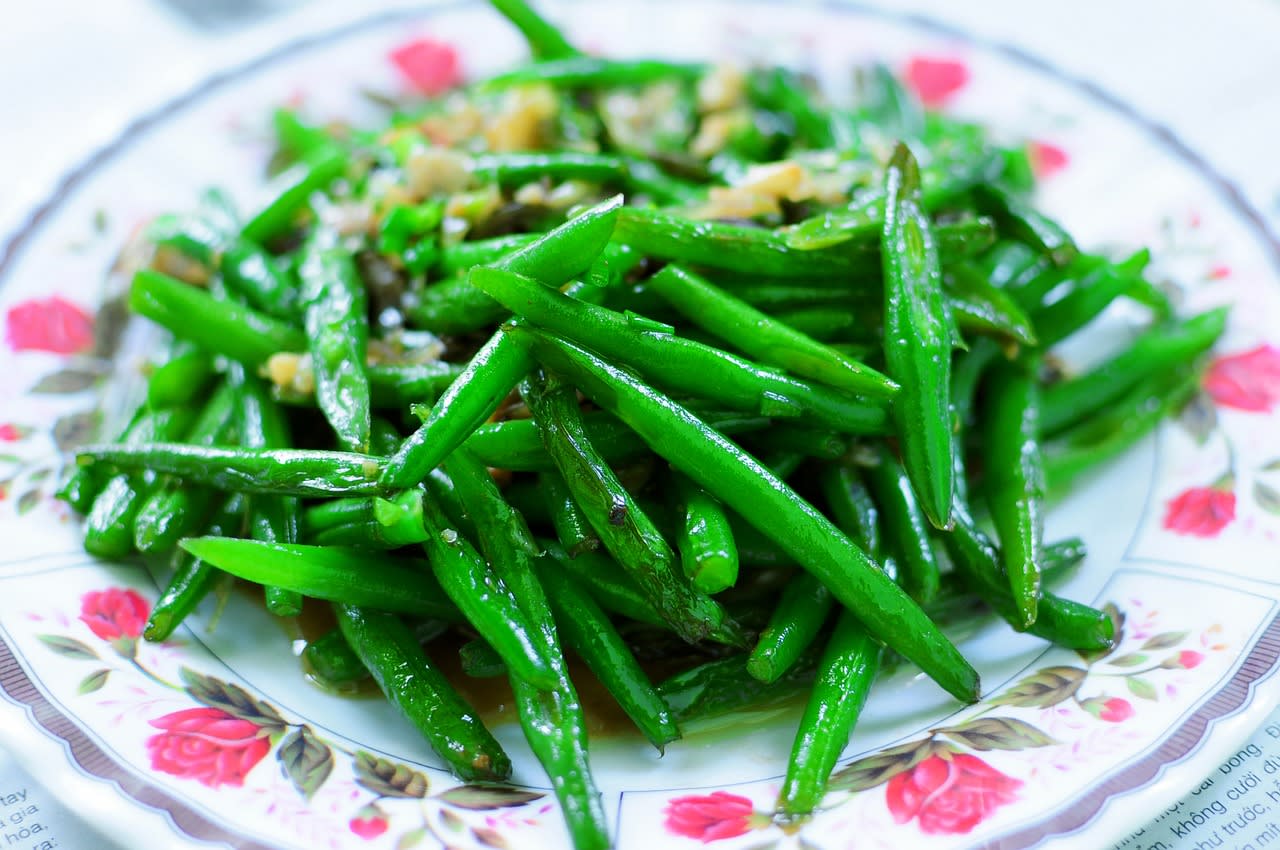Low Fiber Diet: What Can I Eat?
Low Fiber Diet: What Can I Eat?
Navigating the world of diets can be as complex as charting a course through open sea—especially when your health throws a curveball requiring you to adjust your sails. Enter the low-fiber diet, a regimen not typically spotlighted in the wellness sphere, where high-fiber diets often take the crown.
A low-fiber diet, sometimes essential for specific health scenarios, dials back on dietary fiber to give the digestive system a little breather. Ideal for certain medical conditions or as a prep step for procedures like a colonoscopy, this diet simplifies digestion and eases gastrointestinal tasks.
What Is a Low-Fiber Diet?
A low-fiber diet pares down on the plant-based substances found in foods your body can't digest. Unlike their high-fiber counterparts that keep things moving through your digestive tract, low-fiber foods are easier on your system.
Healthcare professionals might prescribe this diet to manage flare-ups of diverticulitis, minimize bowel movements for those with inflammatory bowel disease, or as part of the prep for gastrointestinal examinations. It's a tactical pause in your dietary routine, tailored to reduce the workload on your digestive system when it's needed the most.
How Does Fiber Affect My Body?
Fiber plays the dual role of conductor and janitor within the intricate workings of our digestive system. A high-fiber diet boosts bowel movements and aids in flushing out wastes and toxins, contributing to a healthy digestive flow.
However, when conditions like diverticulitis or a bowel obstruction enter the picture, a high-fiber diet might exacerbate symptoms, causing discomfort or pain. That's where the low-fiber diet steps in, reducing fiber intake to ease the burden on the digestive system, offering relief, and promoting healing when the body demands it.
What Can I Eat on a Low-Fiber Diet?





Foods To Avoid on a Low-Fiber Diet
Tips for Thriving on a Low-Fiber Diet
Here are some tips to help you navigate this dietary shift without feeling like you're missing out:
Gradual Changes
If you're transitioning to a low-fiber diet from a higher fiber intake, consider making changes gradually. This allows your body to adjust without shock, minimizing discomfort or digestive issues.
Hydration Is Key
Keeping well-hydrated is crucial, especially when reducing fiber intake. Water, clear broths, light soups, and non-caffeinated beverages can help maintain digestive health and prevent constipation.
Get Creative With Cooking
Just because you're cutting back on fiber doesn't mean you have to compromise on taste. Experiment with herbs and spices to add flavor to your meals. Cooking methods like roasting, steaming, or grilling can also bring out the natural flavors of low-fiber foods.
Prioritize Protein
Incorporating adequate protein into your meals can help you feel satisfied and support muscle health. Lean meats, poultry, fish, and dairy products are all great options for a low-fiber diet. Listen to Your Body Everyone's digestive system reacts differently to dietary changes. Pay attention to how your body responds to certain foods and adjust your diet accordingly.
Meal Planning
Planning your meals ahead of time can help ensure you're sticking to your low-fiber goals while getting the nutrients you need. It also prevents the temptation to reach for high-fiber snacks out of convenience.
Opting for Meal Delivery
For those days when meal prep seems like a daunting task, consider a prepared meal delivery service like Factor. Our menu includes low-fiber options that are both delicious and nutritionally balanced, making it easier to stay on track without the stress of cooking.
Check Labels
When shopping for groceries, always check the nutrition labels for fiber content. This can help you make informed choices and avoid accidentally consuming high-fiber foods.
Be Mindful of Supplements
If your low-fiber diet is lacking in certain nutrients, supplements may be necessary. However, consult a healthcare provider before adding any supplements to your routine, as some may contain fiber or irritate the digestive system.